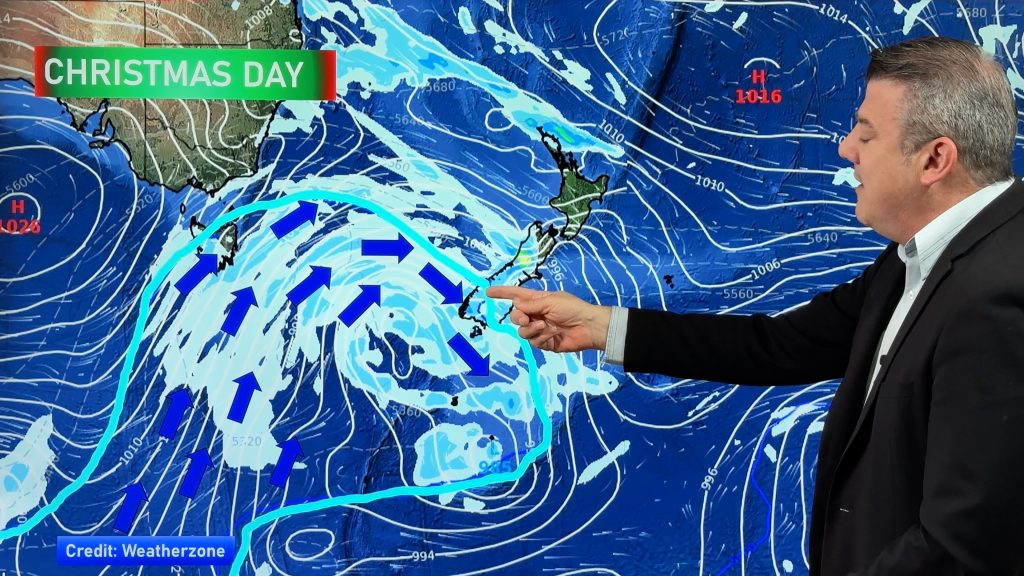
> From the WeatherWatch archives
Big rain clouds are continuing to build this afternoon over the Waikato, Coromandel and Western Bay of Plenty.
WeatherWatch.co.nz head weather analyst Philip Duncan says thunderstorms are now starting to develop over eastern sides of the Kaimai and Mamaku Ranges while torrential downpours are affecting the entire Firth of Thames coastline.
“This hour we’re tracking some big cells across south Waikato towards King Country, the entire Firth of Thames coastline and the Kaimai and Mamaku Ranges – including eastern Waikato and western Bay of Plenty”.
Mr Duncan says the rain clouds are big, slow moving and could cause localised flash flooding.
The Weather Watch Centre doesn’t expect thunderstorms over Auckland today however heavy evening showers, similar to yesterday in the east, are still possible – but Mr Duncan says they are looking less likely with each passing hour.
In the last 60 minutes 76 flashes of lightning have been recorded by the Lightning Detector at weatherwatch.co.nz compared to just 8 the hour before. Most have been recorded along the ranges of the western Bay of Plenty.
Current Areas of Concern:
- Entire Firth of Thames coastline.
- State Highway 2 between Maramarua and Ngatea.
- Hunua Ranges
- Coromandel Peninsula
- Kaimai Ranges – including eastern Waikato and Western Bay of Plenty (west of Tauranga & including Katikati)
- Mamaku Ranges
- South Waikato/North King Country
Comments
Before you add a new comment, take note this story was published on 13 Jan 2009.




Add new comment
Kathryn on 13/01/2009 11:25pm
Hi there. What with all the recent thunder storm activity, I have been keeping a close eye on the lightning detector. What I still havn’t worked out is what +CG, +IC, -CG and -IC mean. Any chance you can explain so that it all makes a bit more sense please?
Cheers Guys
Reply
weather-nut on 14/01/2009 4:32am
Hi Kathryn, CG stands for ‘Cloud-to-Ground’ lightning, IC stands for ‘Intra-Cloud’ lighting and the + or – stands for the positive or negative charge of the lightning.
Tthunderstorm clouds (Cumulonimbus) tend to have positively charged ice-crystals at top and negatively charged ones in the middle and bottom layers.
Intracloud lightning (also known as sheet-lightning) is the most common form of lightning and occurs completely inside the cumulonimbus cloud, jumping between the different charged regions within the cloud.
Negatively charged CG’s originate from the middle or bottom of the storm cloud and tend to strike the ground near the center of a storm
Positively charged CG’s are rarer than the other two forms of lightning, but are also the most powerful and dangerous. They originate from high in the anvil of the storm cloud and can travel a few kms ahead of the main storm before before turning vertically towards the ground.
Hope that helps.
Reply
Twinkle on 14/01/2009 7:25am
Awesome. Thank you weather-nut. I have been wondering the same
Reply